Agave plant, medicinal properties of indoor agave
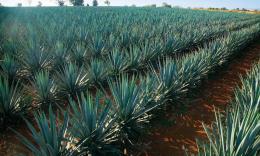
Informational article about the agave plant. The chemical composition and nutritional value of agave are given. Application, recipes for home remedies, contraindications. All types of agave plants are native to the North American continent. Most of them are typical representatives of the flora of the Mexican deserts.
They have a recognizable appearance, since their ground parts most often look like fairly powerful rosettes of narrow fleshy leaves on a short stem, directed upward. The leaves of most species have spines. Agaves bloom late, at 10-15 years of age, and after flowering the leaves of the plant die off. New growth may appear from the root.
The Indians very often used the agave plant, medicinal properties leaves and roots have been known to them since ancient times. Currently, some types of agave decorate the streets and homes of people on all continents.
Content:
- Agave in the room, chemical composition of the plant
- Uses of agave in medicine, contraindications
- How to make agave medicine at home
Agave in the room, chemical composition of the plant
In indoor floriculture you can most often find three types of agave:
- Agave is American, it has hard, leathery leaves of a dark green color, very often variegated or with a yellow border.
- Agave is elongated, it has a fairly tall stem with leaves at its top.
- Agave Queen Victoria, the most attractive and more convenient for growing indoors, thanks to the work of breeders, it was possible to obtain a compact, almost spherical plant from 40 to 60 cm in diameter with concave leaves.
However, agave is not only a decoration for the home interior, but also, thanks to its chemical composition, it can also be a home medicine cabinet. Agave americana has the most pronounced medicinal properties properties.
Chemical composition of agave leaves and roots
Since the American agave grows in the wild in fairly dry places, its leaves “know how” to store water. They consist of 81% water. In addition, 100 grams of agave green mass contains the following nutrients:
- 10 g carbohydrates
- 7 g dietary fiber
- 0.5 g protein
- 0.2 g fat
- 1.2 g ash substances
The energy value of agave is 69 kcal per 100 grams. Despite the fact that the amount of proteins is tiny, they contain essential amino acids:
- arginine
- tryptophan
- valine
- lysine

There are so few fats in agave that they do not have a significant effect on the body. The carbohydrate composition of agave includes the following substances:
- fructose
- sucrose
- glucose
- starch
From fat-soluble vitamin Agave contains vitamins A, K, E. Water-soluble vitamins include:
- WITH
- IN 1
- AT 4
- AT 5
- AT 6
- AT 9
- RR
Of the minerals, agave contains macroelements:
- phosphorus
- calcium
- potassium
- magnesium
- sodium
And microelements:
- iron
- copper
- zinc
- selenium
- manganese
The composition of agave has not been fully studied, but in addition to the above, glycosides have been found in it, which have a healing effect on the body. Of the glycosides, steroid saponins are used for the synthesis of hormonal substances.Including those that affect reproductive functions. In addition, fresh leaves and preparations made from them can be used in the treatment of a number of diseases.
Uses of agave in medicine, contraindications
Researchers of the culture of American Indian tribes know that the Aztecs knew about the beneficial properties of agave since ancient times. Many people have been treated with it illnesses. Information has reached our time that the patient was not given any food until recovery, except juice or baked agave leaves.
In modern official medicine, progesterone and cortisone are synthesized from agave leaves. Chinese pharmacologists have obtained a hormonal drug from agave that prevents pregnancy. In addition, the use of agave as a traditional medicine is indicated in the following cases:
- for stomach diseases, including ulcers, gastritis, colitis
- in cases of various skin lesions, including frostbite, burns, boils
- for pulmonary diseases, even such severe ones as tuberculosis, asthma and pneumonia
- for inflammation of the kidneys and bladder
Agave can also be used as a pain reliever for bruises and toothache. It lowers temperature and acts as an anti-inflammatory agent. Important! Treatment with agave and homemade preparations made from it does not replace visiting a doctor and has contraindications.
First of all, it is important to remember that agave and its juice are quite strong allergens. Treatment with this plant is contraindicated if you are allergic to any agave preparations.
When used externally, an allergy test can be performed. To do this, apply a few drops of juice to the skin from the inner bend of the elbow. If the area becomes very red, itching, or burning appears, then you should not use agave products.In addition, during the period of exacerbation of kidney and liver diseases, you should refrain from applications agave inside.
How to make agave medicine at home
Infusion for the treatment of stomach, liver
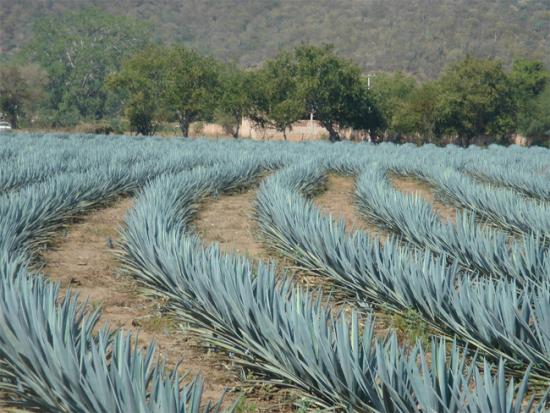
To prepare an infusion that helps with various hepatitis, ulcers, gastritis, you need to take a fresh agave leaf in the amount of 50 g. Finely chop it with a knife. Pour boiling water in an amount of 200 ml. Leave at room temperature for 5-6 hours. The infusion is taken three times a day before meals.
At one time, you need a tablespoon of the resulting product. If it is not possible to prepare an infusion from fresh leaves, you can air dry the agave leaves. Grind them into powder and take half a gram for the same diseases three times a day.
Agave for bronchitis, tuberculosis and pneumonia
To prepare a remedy for the treatment of pulmonary diseases you need:
- 20 ml fresh agave juice
- 20 g of internal rendered fat, pork or goose will do
- 50 g cocoa powder
- 100 g each of honey and butter
All components are thoroughly mixed. Drink the product twice a day. add a tablespoon to a glass of milk and drink the resulting compound.
Treatment of boils with agave
To retract pus and relieve inflammation, a piece of agave leaf is cut lengthwise and placed with the inside on the abscess. Secure with a bandage. As it dries, the sheet is replaced with a new one until the abscess is cleared of pus. When using agave leaf to treat abscesses, do not forget about allergies to its juice.
In addition to its medicinal properties, agave serves as a raw material for the production of various alcoholic drinks, many of which are popular all over the world, primarily pulque and tequila. In the national economy, fiber is obtained from the leaves and very strong ropes and ropes are knitted.
Video about transplanting agave:

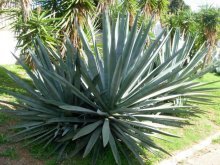
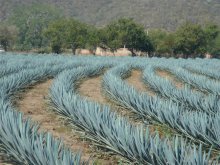

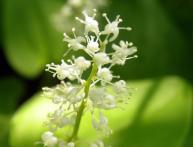
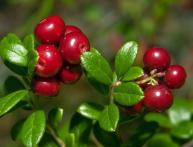

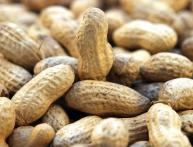



Comments
I wonder whether any plant of this species or only certain varieties has all the medicinal properties indicated in the article. Nowadays it is often grown outdoors as an ornamental plant on the streets. I think no one will mind if I tear off a couple of sheets, as long as I am sure that it will help.